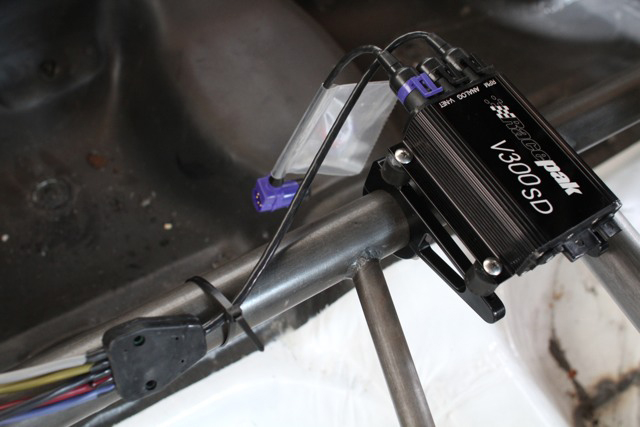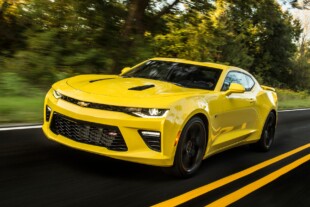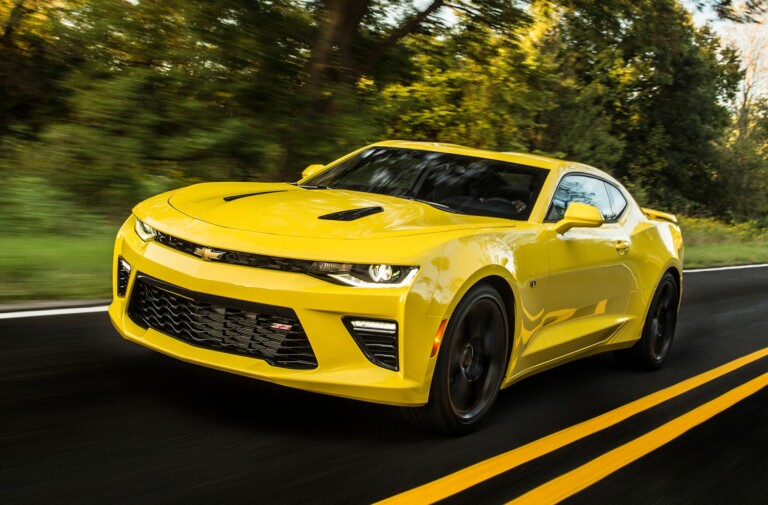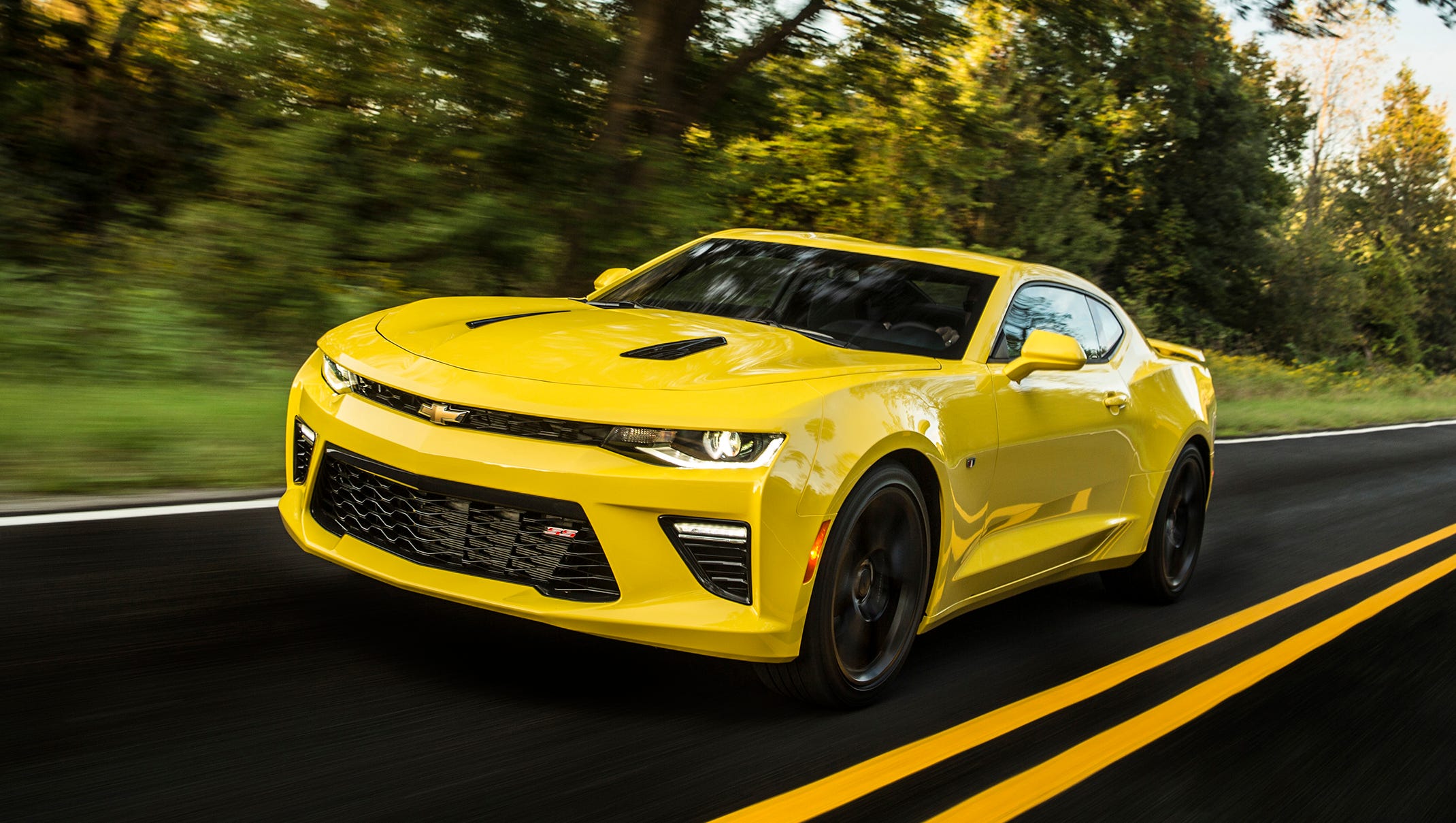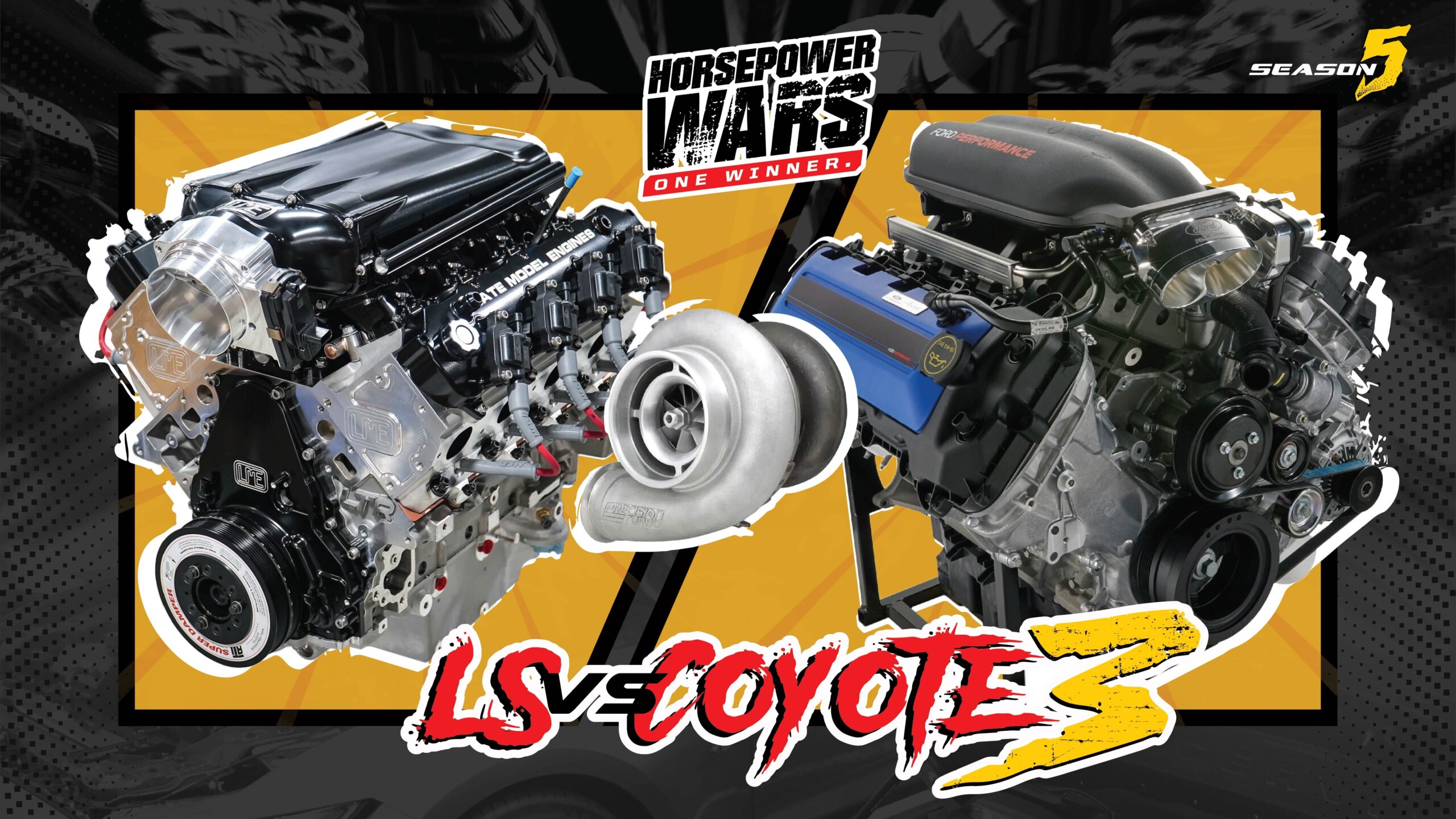Knowledge always breeds success. Gone are the days when racers and their crews relied on timeslips and playback tachometers to understand what transpired during the run, the leader in data logger technology, has a sensor for nearly every application, and is dedicated to ensuring you have the exact information needed to get ahead of the competition, and stay there.
Advancing your race program by providing the feedback you need to make the most power possible on race day, or making your bracket/index car consistent down to thousandth of a second, is the ultimate goal.
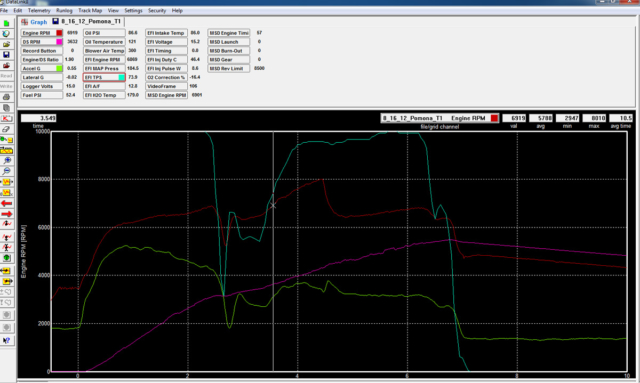
Racepak’s software allows you to evaluate the input of each sensor individually. By clicking the sensor tabs at the top, you can also display any variety of user defined sensor inputs all at once.
To address this need, data loggers have become commonplace at the track. Look to any professional racing program and you’re sure to find a datalogger somewhere in the mix, programmed to break down sensor inputs into a manageable and organized format. Analyzing the entire run from beginning to end opens the door to identifying what minute changes may result in improved engine, chassis, and driveline performance. This aspect provides every tuner who utilizes this high-tech piece of equipment the ability to visually diagnose and address even the slightest change in track conditions, tire temperatures, driveshaft RPM, and much more.
This invaluable tool also has the capacity to provide and collect data from a wide range of aftermarket and factory ECUs, along with a a variety of other timing and sensor control modules.
Racepak las launched an entire video series guiding viewers through their products, how to set them up, and how to best utilize the data at your disposal to improve your racing program. Below are the first three videos in the series, which provide a basic, entry-level understanding of dataloggers.



